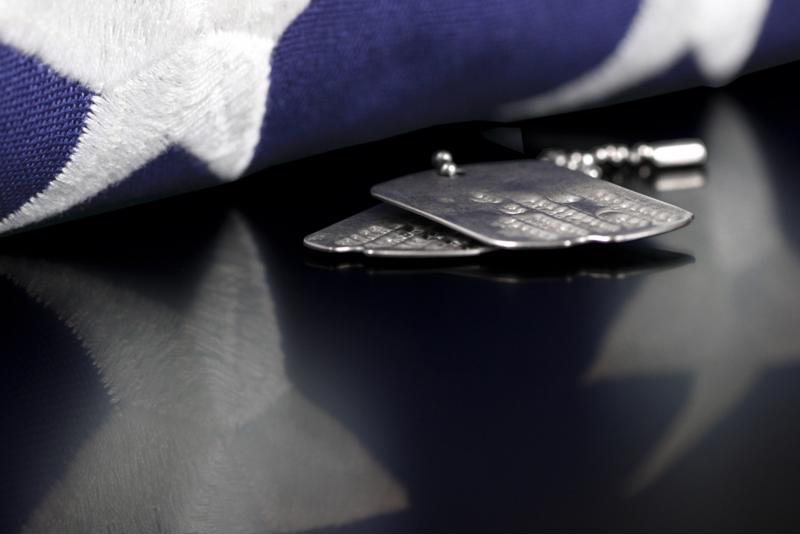More than 650,000 servicemembers were in operation from August 2, 1990, to July 31, 1991. Those who served in the Persian Gulf at Operation Desert Shield and Desert Storm are known as Gulf War-era veterans. Let’s learn a little more about Gulf War-era veterans in this spotlight.
What was the Gulf War?
The Gulf War lasted about seven months and was against Iraq and also involved troops from other countries as well. These troops include the United Kingdom, Saudi Arabia, Egypt, France and Kuwait, according to the U.S. Department of Veterans Affairs. The war was in response to Iraq invading Kuwait because of oil disputes.
The initial stage was known as Operation Desert Shield. Its main goal was to defend Saudi Arabia from Iraqi invading forces, in order to protect one of the world’s main sources of oil. The next part was dubbed Operation Desert Storm and was more of an offensive, active combat mission that was meant to force out the enemy. According to historical records, the Iraqi resistance fell after four days of bombing, and Kuwait was liberated. This is an extremely condensed version of the first Gulf War, and veterans from this era know the true extent of the conflict.
Who are the Gulf War Veterans?
According to the Bureau of Labor Statistics (BLS), there are over 18.8 million veterans. Of these, there are about 7.4 million Gulf War-era veterans, which now make up the largest share of veterans. Before 2016, Vietnam-era veterans were the dominant group. The Gulf War demographic can also be further broken down:
- 17% of Gulf War-era veterans are women, higher than in most recent military conflicts.
- Almost 50% of Gulf War veterans are aged 45 to 54.
- 33% of Gulf War-era veterans are current or past members of the Reserve or National Guard.
 The appearance of the U.S. Department of Defense (DoD) visual information does not imply or constitute DoD endorsement.
The appearance of the U.S. Department of Defense (DoD) visual information does not imply or constitute DoD endorsement.Employment
BLS reports that “Gulf War-era II veterans had the highest unemployment rates from 2009 to 2015.” in 2019, “5.6 million Gulf War-era veterans were employed in 2019, about 6 percent of civilian U.S. workers.” Veterans Affairs (VA) offers programs to help people find opportunities to work, which can assist in matching them with employers who are looking for workers who have their skills.
Related health issues
The Gulf War had relatively few deaths during the conflict, but many of this demographic from this era are facing post-war illnesses. The VA reports that this group often experiences a “cluster of medically unexplained chronic symptoms that can include fatigue, headaches, joint pain, indigestion, insomnia, dizziness, respiratory disorders and memory problems,” called chronic multisymptom illness.
Other serious health issues include:
- Fibromyalgia.
- Myalgic Encephalomyelitis/Chronic Fatigue Syndrome (ME/CFS).
- Functional gastrointestinal disorders.
- PTSD.
Long-term illness may also come from the environment that those who served in the Gulf War found themselves in. This could be things like the effects of sand and dust on the respiratory system and chemical and biological weapon side effects. For those that were in proximity of oil well fires or spent any amount of time in military vehicles that use Chemical Agent Resistant Coating (CARC) paint, health issues may arise.
Gulf War veterans deserve our respect and support for their brave service during their time carrying out the nation’s mission. The demographic of post-war individuals in the country is changing, but their valor hasn’t.

